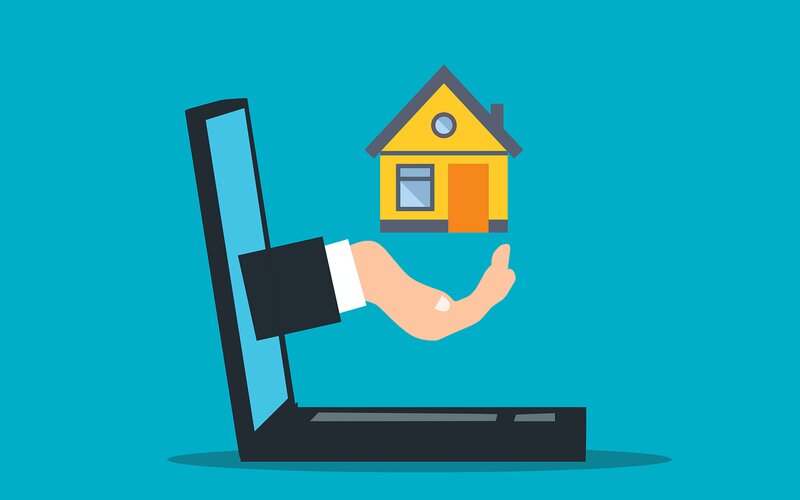As you can imagine, when interest rates start to rise, your borrowing power decreases, because servicing the mortgage becomes more expensive.
Let’s say Bo wants to buy a home with his partner Roe. Bo’s before-tax annual income is $90,000 while Roe earns $65,000, bringing Bo+Roe’s combined annual income to $155,000. Their combined annual household living expenses are $60,000 annually.
Based on an interest rate of 6.00% p.a. for a 30-year loan term, Bo+Roe should be able to borrow about $688,120 (based on a serviceability buffer of 3%, which we’ll get to). However, based on an interest rate of 7.00% p.a. (a 100 basis point increase), they could only borrow $627,530. This means their borrowing power effectively decreased by $60,590, even though income and expenses are unchanged.
So how much would rate rises hurt your borrowing power, and how do banks assess home loan applications when interest rates can be subject to dramatic changes?
Work out exactly how much you can borrow with the Savings borrowing power calculator
How much do rate rises hurt your borrowing power?
Let’s stay with Bo and Roe. This is how much even small changes to the interest rate can impact borrowing power. The following table is based on a loan term of 30 years, and derived from Savings.com.au’s borrowing power calculator.
|
Interest rate |
Maximum loan amount |
Change |
|
|---|---|---|---|
|
Base |
6.00% p.a. |
$688,120 |
Unchanged |
|
+1 basis point |
6.01% p.a. |
$687,470 |
-$650 |
|
+10 basis points |
6.10% p.a. |
$681,640 |
-$6,480 |
|
+100 basis points |
7.00% p.a. |
$627,530 |
-$60,590 |
|
+200 basis points |
8.00% p.a. |
$575,360 |
-$112,760 |
How does the serviceability buffer (and floor rate) fit in the picture?
In some countries, including the United States, 30-year fixed-rate home loans are commonplace, but in Australia, fixed terms typically don’t go beyond five years. That means over the course of a loan, the interest rate you pay can fluctuate dramatically.
Banks compensate for the risk of interest rate rises by using the serviceability buffer. When assessing a home loan application, they will add the serviceability buffer - currently 3% (300 basis points) - onto the advertised rate of the loan product, and judge whether the borrower could repay the loan at this higher rate. This is to stress test the borrower, ensuring they could afford substantial increases in their mortgage repayments should interest rates rise.
Many banks also have floor rates, which is a minimum rate loans are assessed against. Banks typically take the higher of the serviceability adjusted rate (advertised rate + 3% buffer) or the floor rate.
See more: Mortgage lending criteria
The indirect ways rate rises impact your borrowing power
Property prices
During periods of high interest rates, the maximum amount a bank will lend to you will typically be lower. If this is the case for you though, it also applies to others. Reduced borrowing power means reduced demand, which sometimes translates to property prices dropping. You might not be able to borrow as much as you want, but that might not matter if the property you’re after also drops in value.
As with most economic concepts though, this isn’t a guarantee. In 2023 for example, most analysts expected the rising cash rate would see property prices to continue to drop, after record declines throughout the second half of 2022. The cash rate did continue to rise, a full 100 basis points so far throughout the year, but property prices started to increase in March and kept going. CoreLogic have reported that by November, the market looks set to reach a new nominal high.
Economic conditions
Another thing to think about is that when the RBA lifts interest rates, it's usually because it thinks the economy is running too hot. Lifting the cash rate is designed to slow economic growth and reduce inflation. With the by-products of this sometimes including rising unemployment, or less work available if you are a sole trader, higher interest rates can reduce people’s income, which also curbs borrowing power.
Elevated cost of living
As we are seeing in 2023, higher interest rates are often a response to inflation running above target levels. At the end of 2022, Australia’s annual inflation rate was nearly at 8% annually. When the cost of the goods and services that make up your living expenses increase, without a comparable increase to your income, this can also reduce your borrowing power.
Advertisement
Buying a home or looking to refinance? The table below features home loans with some of the lowest interest rates on the market for owner occupiers.
| Lender | Home Loan | Interest Rate | Comparison Rate* | Monthly Repayment | Repayment type | Rate Type | Offset | Redraw | Ongoing Fees | Upfront Fees | Max LVR | Lump Sum Repayment | Extra Repayments | Split Loan Option | Tags | Features | Link | Compare | Promoted Product | Disclosure |
|---|---|---|---|---|---|---|---|---|---|---|---|---|---|---|---|---|---|---|---|---|
5.54% p.a. | 5.58% p.a. | $2,852 | Principal & Interest | Variable | $0 | $530 | 90% |
| Promoted | Disclosure | ||||||||||
5.49% p.a. | 5.40% p.a. | $2,836 | Principal & Interest | Variable | $0 | $0 | 80% |
| Promoted | Disclosure | ||||||||||
5.64% p.a. | 5.89% p.a. | $2,883 | Principal & Interest | Variable | $250 | $250 | 60% |
| Promoted | Disclosure | ||||||||||
5.64% p.a. | 5.89% p.a. | $2,883 | Principal & Interest | Variable | $248 | $350 | 60% |
|
First published on May 2022
Image by Ankush Minda on Unsplash

Ready, Set, Buy!
Learn everything you need to know about buying property – from choosing the right property and home loan, to the purchasing process, tips to save money and more!
With bonus Q&A sheet and Crossword!







 Bernadette Lunas
Bernadette Lunas
 Denise Raward
Denise Raward
 Harry O'Sullivan
Harry O'Sullivan
 William Jolly
William Jolly
 Rachel Horan
Rachel Horan

